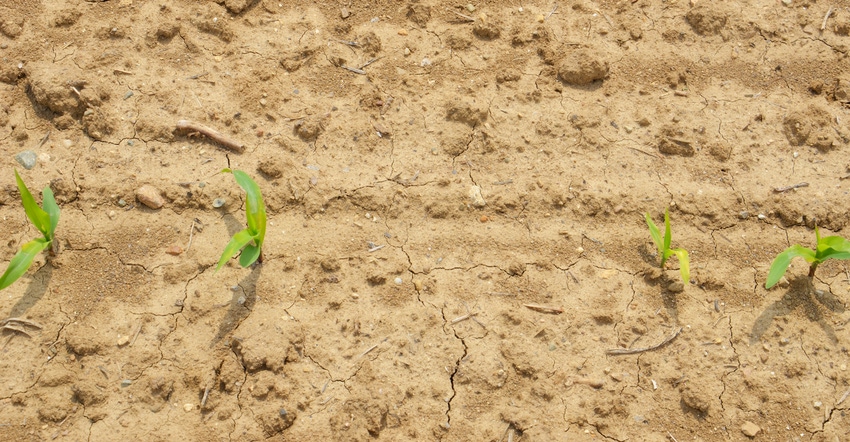
Some farmers saw anhydrous ammonia injury to corn seeds or seedlings in 2018. Yet some areas weren’t affected. Reports were most common where corn was planted in very late April or early May, and then it turned dry after planting.
Anhydrous injury is nothing new; anecdotal evidence goes back decades. It’s most common when anhydrous ammonia is spring-applied shortly before planting, and if it’s warm and dry.
“It’s a very hard thing to predict in advance,” says Bob Nielsen, Purdue University Extension corn specialist. “We can offer some tips as to how you might minimize potential injury if you’re concerned about it.
“The truth is, though, that sometimes it shows up when you think it shouldn’t, and other times it doesn’t show up at all. There are fields where injury occurred when ammonia was injected more than two weeks before planting, yet there are fields where someone applied anhydrous ammonia very close to planting and didn’t see damage.”
It’s the unpredictability that makes it difficult to give advice about avoiding injury, Nielsen says. However, there are things you can do that should reduce odds of injury.
Minimize risk
“The first thing we always say is don’t inject anhydrous ammonia closer than a week to two weeks before planting,” Nielsen says. Of course, Mother Nature can turn the best-laid plans upside down in the spring, and force changes in planting schedules at the last minute.
Stretching out time of application before planting is a two-edged sword, Nielsen cautions. Don’t apply so far ahead that you’re applying in mid-March, if you can help it. “The potential for nitrogen loss increases if you apply that early,” he says. “It’s more efficient relative to N losses to apply nitrogen near planting or as sidedress.”
The second way to minimize potential impact from ammonia injury should be easier to accomplish. “When possible, inject at an angle to the direction you’re going to plant,” Nielsen says. “The worst-case scenario is to apply in the same direction you plant, then have planter passes line up over application passes.
“If you inject anhydrous ammonia at an angle, you may still see some injury or loss if conditions go against you, but you aren’t going to wipe out a whole row or series of rows.”
The third suggestion is to inject anhydrous ammonia at least 6 to 7 inches deep. Some newer equipment injects at about 4 inches, so you can pull the tool faster or with less horsepower, Nielsen notes. However, the shallower the anhydrous is applied, the more potential for crop injury.
Anhydrous injury from applications before planting may show up as missing plants if the seed is killed, or as struggling seedlings that may not survive. When anhydrous injury occurs later, say from sidedressing where ammonia wasn’t sealed well in the soil, it typically appears like frost damage, eventually producing bleached tissue. Depending on stage of growth, that foliar injury may result in little or no yield loss.
About the Author(s)
You May Also Like




